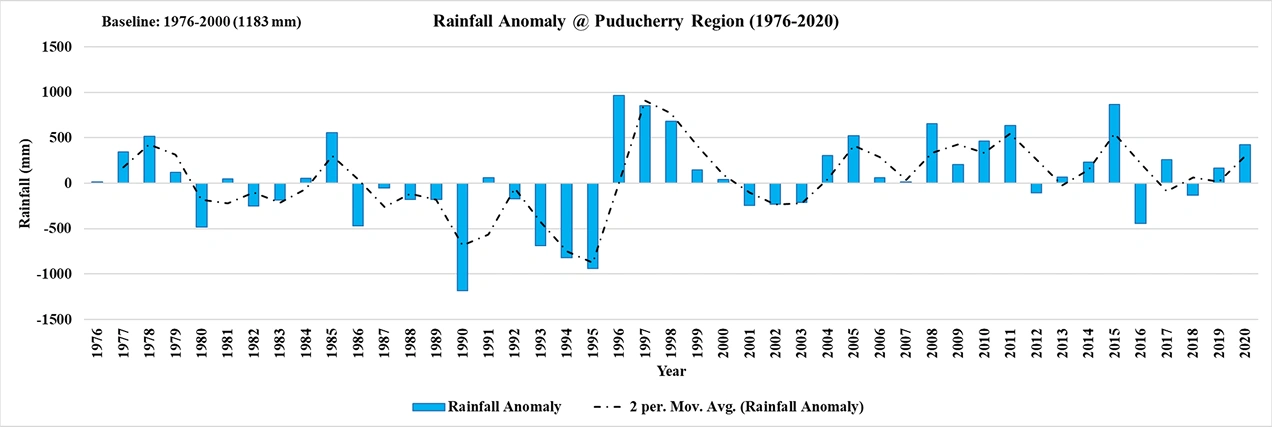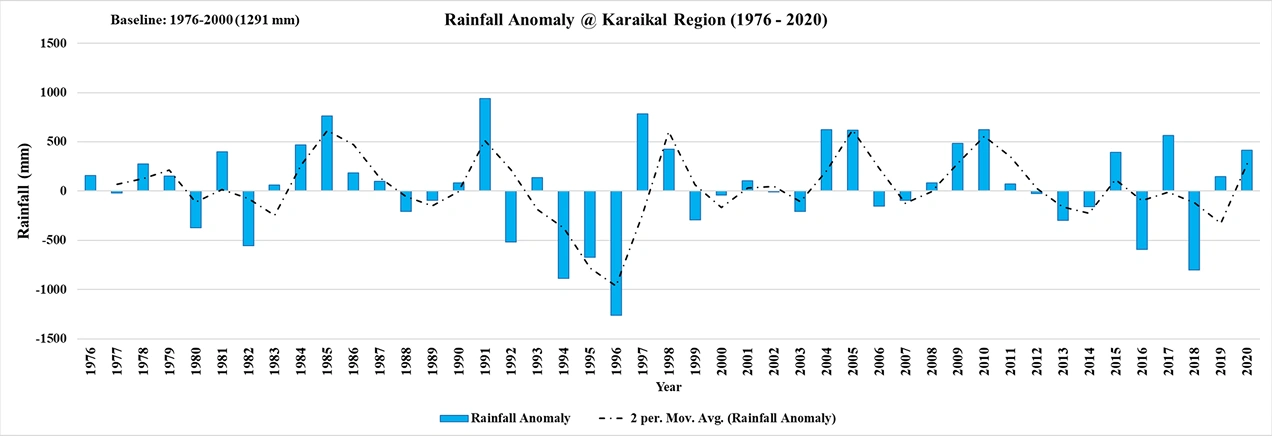Rainfall Patterns & Projections: Historical Data, Anomalies & Future Trends
Rain is a major source of freshwater for all life forms on Earth. Rain in India is garnered through two monsoons viz., South West Monsoon giving rainfall during June to September to most of Northern and North Eastern states of India and South West Monsoon during October to December giving rain to the southern states of India. India has a highly seasonal pattern of rainfall, with 50% of precipitation falling in just 15 days at the peak of respective the monsoons. However, off late, the country witnesses significant monsoonal shifts where the monsoon doesn’t begin on the right time, in addition to events of monsoonal skips where no rain is witnessed for the entire monsoon.
This is giving rise to large scale impacts like shifts in cropping pattern, decrease in agricultural yields, crop failure and drought which could potentially threaten the food security of the nation. On the other hand, the country also witnesses occasional downpours that bring in inadvertent and unprecedented rains of huge volumes in a matter of one to two days causing urban flooding and inundation. Owing to all these meteorological uncertainities of the recent times – summed up as Climate Change effects – keeping track of rainfall of a region becomes important for the need of projecting future meteorological scenarios.





